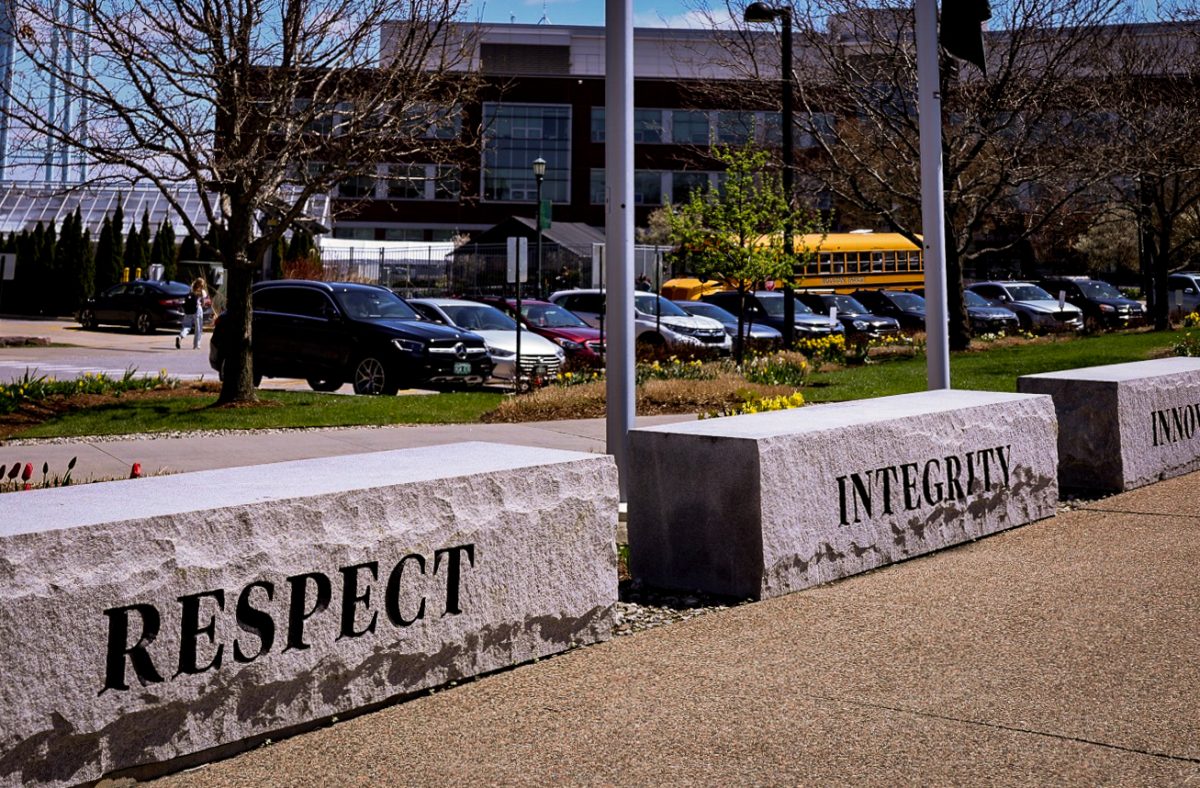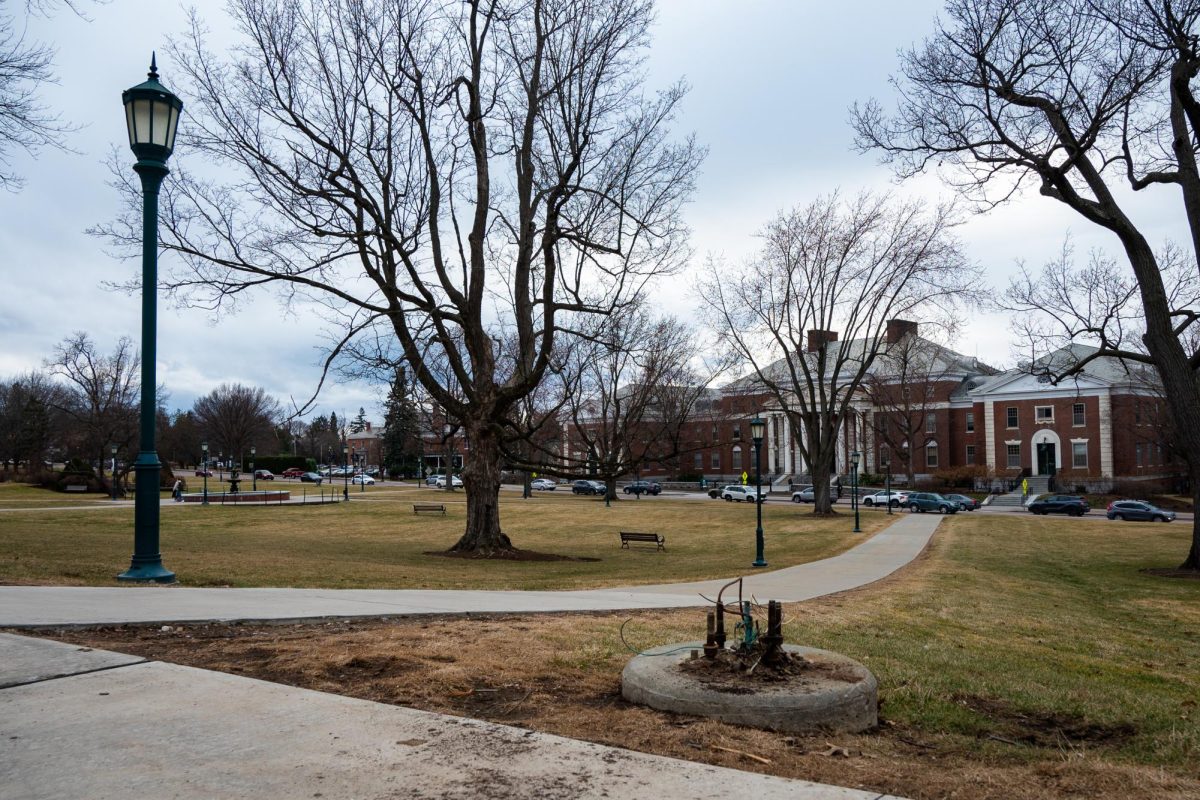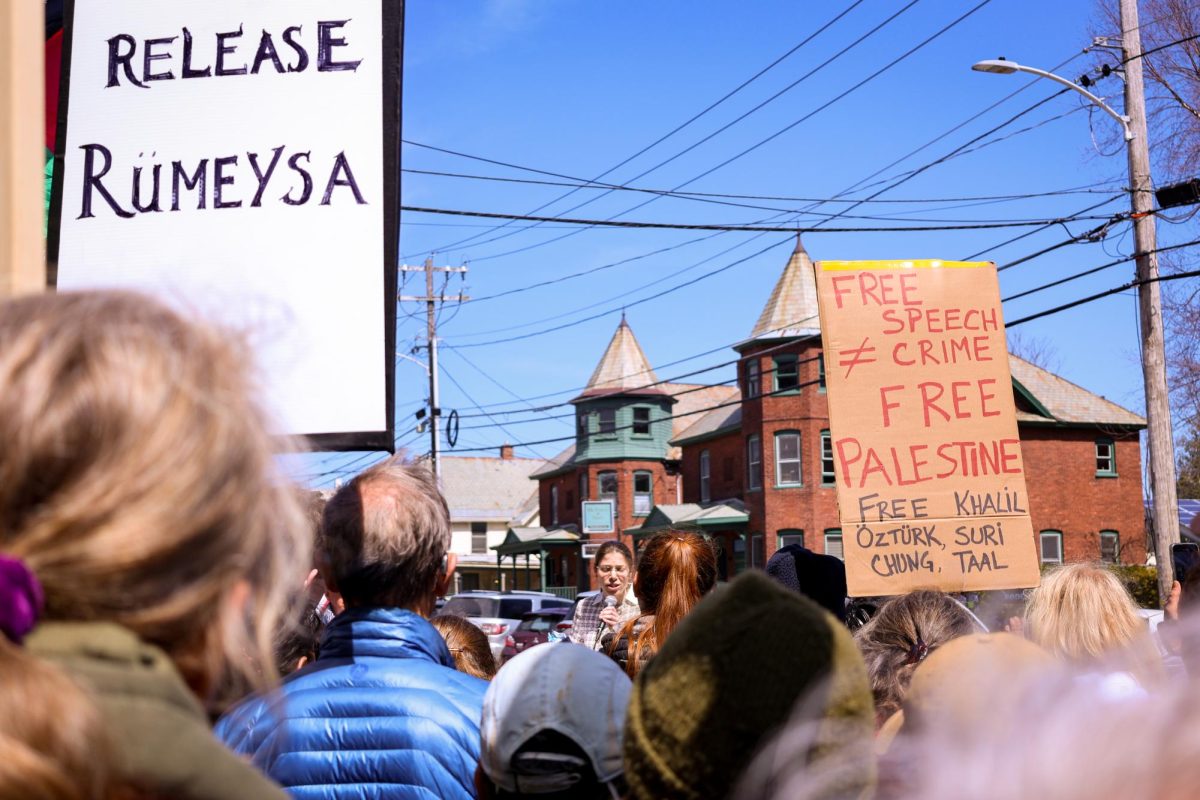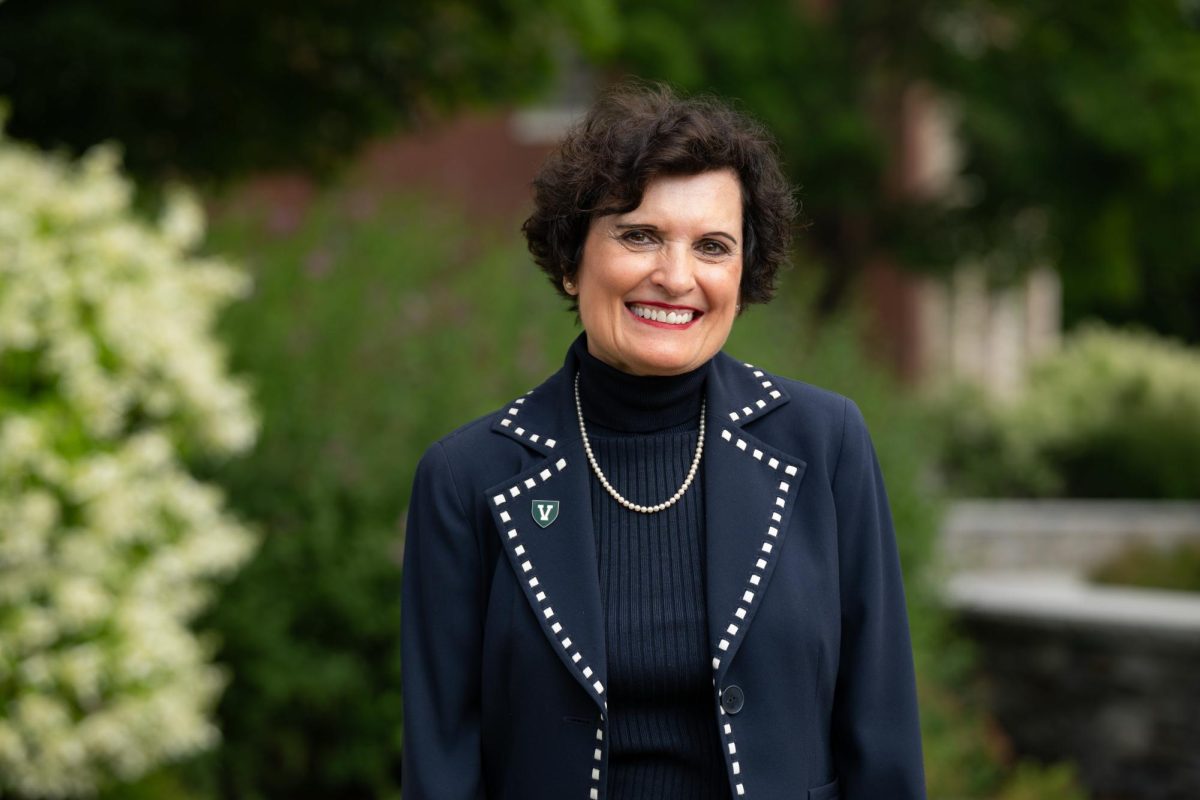For most people at UVM, one cannot remember a time when abortions were illegal. But as the 30th anniversary of the Supreme Court decision Roe v. Wade passed this week, the controversy over abortion is still in the forefront of many debates and protests. The right to choose to end a pregnancy has led to many major court battles, including one as recent as the mid-nineties. Abortion has been on the decline in the past 13 years, according to a study done by the Alan Guttmacher Institute, a nonprofit research organization. Between 1990 and 2000, the number of abortions dropped 18 percent, from an estimated 1.6 million a year to 1.3 million. Twelve years ago, about 27 women out of every 1,000 of childbearing age had had an abortion; by 2000, the number fell to just over 21. And whereas 28% of those who found themselves pregnant in 1990 had an abortion, the number dropped below 25% two years ago, according to a recent TIME magazine article. Despite the drop in numbers, the topic is still at the forefront of government policies, including federal judicial nominees. Many people feel that if current Supreme Court judge Rehnquist steps down this year, that President Bush will nominate a conservative judge, and possibly overturning the decision. Junior Amy Christensen hopes that Bush will not help to overturn the decision. “Bush should not overturn it because there is no way that he has that much power to tell anyone except maybe his own family to do what to do with their own personal body,” said Christensen. “Plus, it is ridiculous to overturn a case that was settled years ago. “It is controversial but it gives a woman options that she deserves to have. A person’s own body is the only thing that really belongs to them. “He may try to overturn it because of what he believes in, but I think it would not be the smartest choice and I doubt that he would have a great amount of support, especially from women.” One place that Bush does have support is the Catholic church, along with many churches who encourage the pro-life decision. “We promote the sanctity of life,” said UVM Catholic Center priest John McDermott, who has discussed the issue of abortion with students both hypothetically and theorectically. “The Catholic church promotes the value of each life, young and old, it’s something sacred.” The Church promotes a initiative called Project Rachel, which helps women with some of the post-traumatic stress associated with abortion. “The organization tries to help bringing healing into their lives,” said McDermott. “We realize that our church is a church of sinners, and we welcome everyone back, and we want to feel as welcome as possible.” Along with less women actually having abortions, fewer doctors are providing them as well, as according to the recent study by the Guttmacher Institute. According to the recent TIME article, “The number of physicians providing abortion is down to 1,800 nationally, from nearly 2,400 in 1992, and 87% of U.S. counties have none at all “Another indicator: this month the National Abortion and Reproductive Rights Action League, the abortion-rights movement’s leading organization, officially changed its name for the fourth time, to NARAL Pro-Choice America, dropping the word abortion and adopting the acronym instead.” A common misconception is that all college students are pro-life. While a recent poll published by Survey Research Center at the University of California, Berkeley, 44% of 15-to 22-year-olds approved of placing some restrictions on abortion, while just 34% of those ages 27 to 59 did, according to the TIME article. Abortion-rights advocates are no more encouraged by their own data. A confidential report prepared by the Pro-Choice Public Education Project showed that from 1998 to 2001 there was a 7% decrease, to 57%, in women ages 16 to 25 who described themselves as pro-choice. “All [young people] hear is from the other side,” says Kate Michelman, president of NARAL Pro-Choice America who told TIME. “We could show pictures of women dead or dying from illegal abortions, but we don’t.” After 30 years of legal abortions, many older members of society feel that younger generations don’t fully appreciate the right they have now. But Christensen feels different. “I don’t think women our age take for granted the right to an abortion,” said Christensen. “I think that if people were more careful and smart about birth control, the question of an abortion would not even come up. But, I think that we’re all smart enough to make the right decision. Women in college may or may not be able to care for a child, especially if the father isn’t around or isn’t willing to help out. Therefore she should be able to have an abortion if she wants to, the option of adoption could come up in that case, but if a woman can’t imagine being pregnant while doing homework or trying to play sports then she should have an option.”
Categories:
Roe v. Wade: 30 Years Later, Debate Still Continues
January 27, 2003
0
More to Discover







